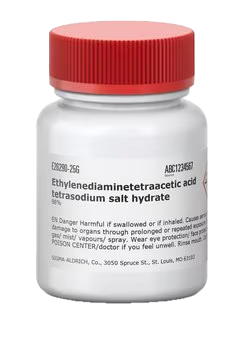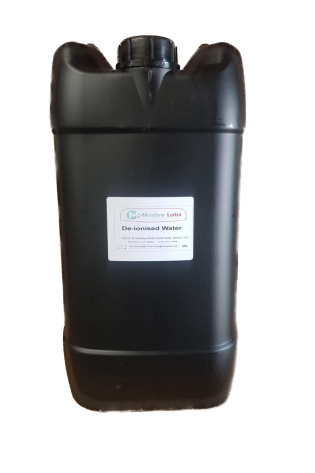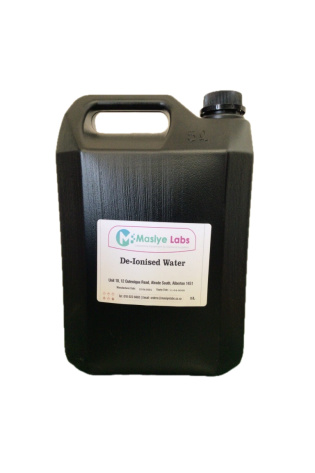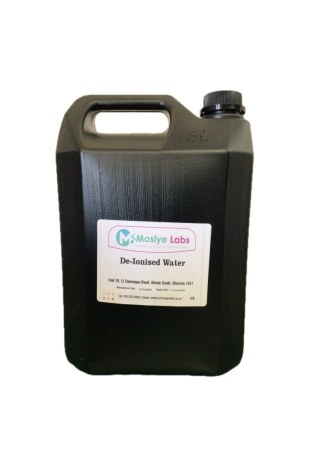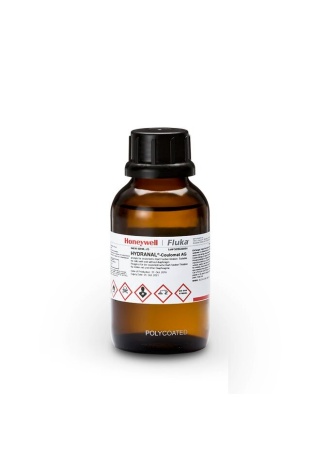EDTA AR 500g
Ethylenediaminetetraacetic Acid AR 500g
Ethylenediaminetetraacetic acid (EDTA) is a highly versatile chelating agent widely used in analytical reagent (AR) grade for various laboratory applications.
Its primary function is to bind and sequester metal ions, preventing them from interfering with other chemical reactions.
Analytical chemistry Complexometric titrations: EDTA is the most common titrant for determining the concentration of metal ions, such as calcium (\(Ca^{2+}\)), magnesium (\(Mg^{2+}\)), and zinc (\(Zn^{2+}\)), in a solution.
A special indicator is used to detect the endpoint of the titration, which occurs when all metal ions have been chelated by EDTA.
Water hardness determination: The total concentration of \(Ca^{2+}\) and \(Mg^{2+}\) ions, which define the hardness of water, is measured by titrating a water sample with a standard EDTA solution.
EDTA AR 500g
Ethylenediaminetetraacetic Acid AR 500g
Masking agent: In titrations, EDTA can be used to “mask” or sequester interfering metal ions that might react with the titrant or indicator, allowing for the specific analysis of other ions.
Clinical and medical laboratories
Ethylenediaminetetraacetic Acid AR 500g. EDTA AR 500g
Anticoagulant for blood tests: EDTA is a critical anticoagulant in blood collection tubes (typically with purple or pink tops) for hematology testing.
By chelating calcium ions, which are essential for clotting, it prevents blood samples from coagulating.
This preserves the cellular components and their morphology, ensuring accurate results for:Complete blood counts (CBC)Blood smearsBlood typing and cross-matching
DNA and molecular testingInhibition of metalloenzymes: EDTA can inhibit the activity of certain enzymes, such as metalloproteases, by binding to the metal ions they require for catalytic activity. This is useful for preventing the degradation of proteins and nucleic acids in molecular biology experiments.
Biological and histopathology labs Cell detachment: In cell and tissue culture, EDTA is used to detach adherent cells from surfaces. It binds to calcium ions that are crucial for the function of cell-to-cell adhesion molecules, like cadherins, causing the cells to lose their grip.
Decalcifying agent: In histopathology, EDTA is used to remove calcium from tissue samples, making them soft enough to be cut into thin sections for microscopic analysis.
Nucleic acid preservation: In buffers for DNA and RNA extraction, EDTA protects the nucleic acids from degradation by inhibiting nucleases, which are often dependent on metal ions.
General lab and research uses Reagent and stabilizer: As a high-purity (AR grade) chemical, EDTA is used as a standard laboratory reagent for preparing solutions.
Its chelating properties also make it an effective stabilizer for other chemical products, as it prevents catalytic degradation by trace metal ions.
Component of buffer systems: It is used in buffers to control the concentration of metal ions, preventing them from interfering with reactions and helping to maintain the stability of biomolecules.
Ethylenediaminetetraacetic Acid AR 500g
EDTA AR 500g
